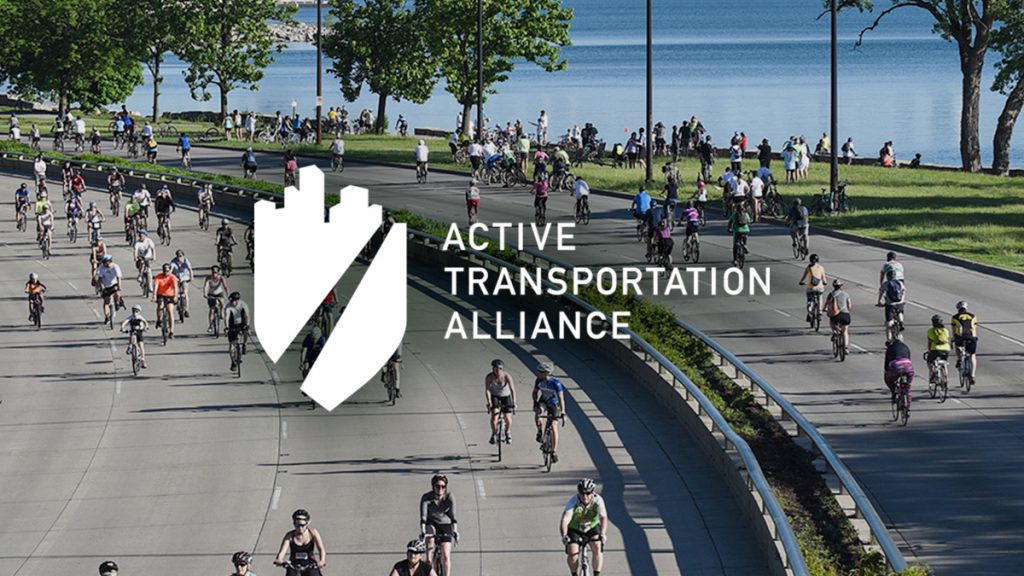We have been heavily involved in the red light camera debate in Springfield, and we want to keep our members updated on legislation that affects you!
This week, the Illinois State Senate is expected to approve a bill that will allow for the continued use of red light cameras while adding new protections for the civil liberties of Illinois road users. If approved by the Senate, the bill will head to the Illinois House of Representatives for a post-spring break vote.
The compromise bill being debated this week will:
- Allow red light cameras to be used in the Chicago and St. Louis metropolitan areas.
- Require tickets issued in Chicago to be reviewed by a technician and a third party that is unaffiliated with the red light camera company.
- Require tickets issued in communities outside Chicago to be reviewed by a technician and a current or retired police officer
- Allow anyone ticketed to review the footage online
- Ticket drivers who pass the stop bar and enter a crosswalk only when pedestrians or bicyclists are present.
Active Transportation Alliance fights to reduce all traffic crashes by 50% in 20 years. Red light cameras are proven safety measures in line with this mission. That’s why we ask your support in fighting for this legislation.
Here is some background on our approach:
Red light running is prevalent and has serious results.
- A person is injured in a red light running crash every two seconds in the United States. That results in 165,000 injuries and 800 deaths per year, according to a 2009 report from the Insurance Institute for Highway Safety.
- Red light crashes are more dangerous than other crashes – 45 percent of them result in injuries, versus the 30 percent of non-red light crashes that have injuries, according to the Insurance Institute for Highway Safety.
- More than half of victims in red light cases were outside the car involved, according to IIHS and the National Highway Traffic Safety Administration.
Red light cameras work.
- A before and after study in Oxnard, Calif., found a 40% reduction in violations in four months (Oxnard, CA study)
- A Fairfax, Virginia study had similar results: a 44% reduction, with a one-year study timeframe.
- Naperville showed a 33% reduction in injury crashes, 75% reduction in angle/turning crashes, 19% reduction in total crashes, 8% reduction in rear-end crashes (6 months of data compared with 3-year previous average)
They only ticket those breaking the law
- Red light cameras do not record every car that enters an intersection. Cameras are triggered only when a car enters the intersection illegally.
- Red light cameras only record cars turning right if they do not stop before the turn.
Your support allows us to advocate for our rights and safety. Thank you!

